
Crossing over the dried up bed of the Gudyalchay River which separates Red Town from the city of Quba really gave an instant impression of the run down area we were visiting

Not a very inspiring site for those using the city’s wedding venue a hall for weddings, bar mitzvahs and circumcisions, though with a population of less than 4,000 permanent residents it probably gets used less and less each passing year. During Soviet times the population was numbered in excess of 18,000.
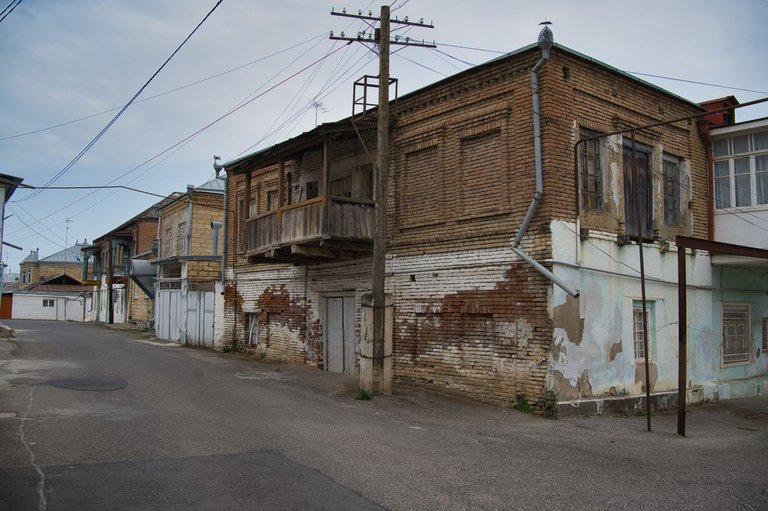
There are many former residents that emigrated away who still have property but only return here for the holidays.
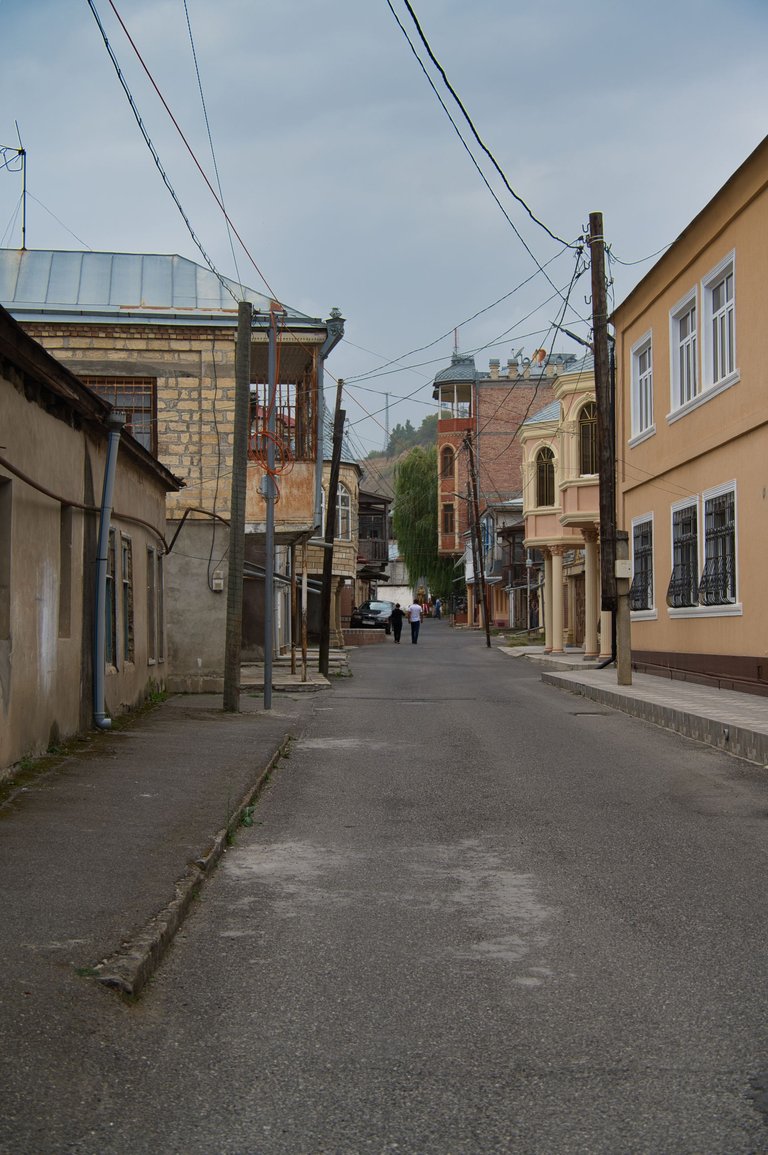
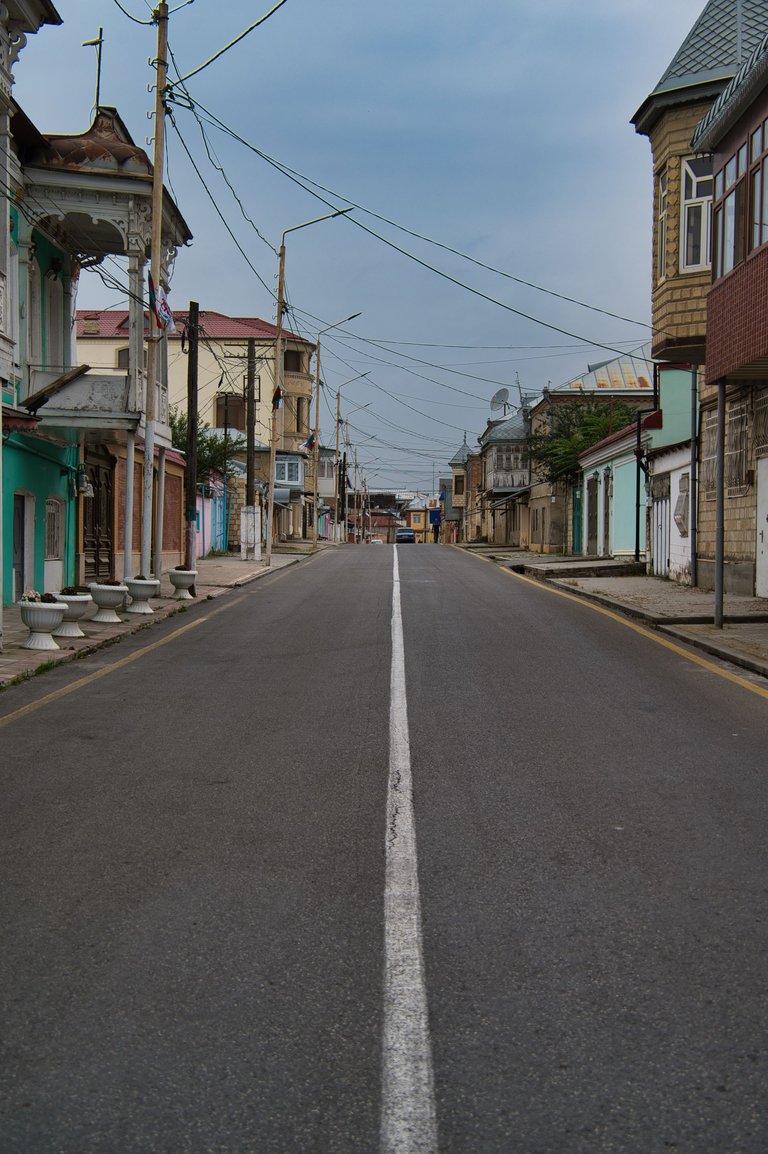
On the banks of the river Gudyalchay from the main city, stands the "Jerusalem of the Caucasus", Qirmizi Qəsəbə, or in Russsian, Krasnaya Sloboda (Red Village), it was founded in the mid 18th century when the Azerbaijani Muslim ruler of the region gave permission for the establishment of the town where the residents could live without fear of persecution.

Back in the day was a bustling community but these days it is a shadow of its former self.


Though many of the buildings look to be in a sorry state of repair the architecture is still amazing
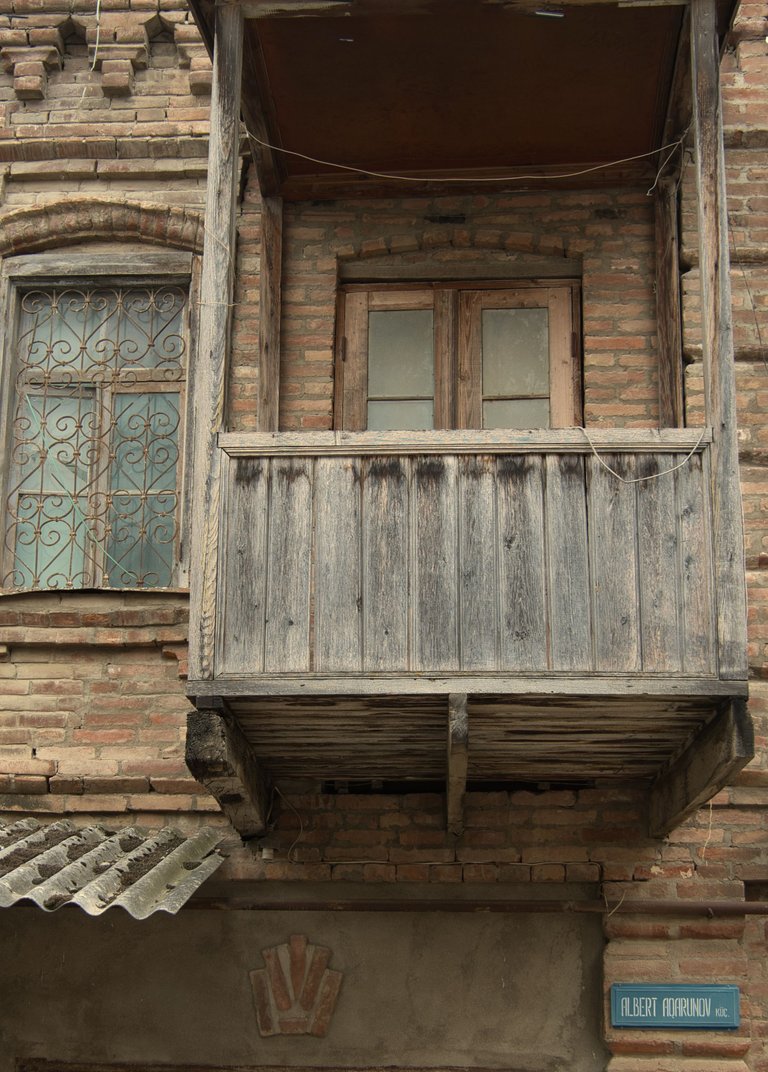
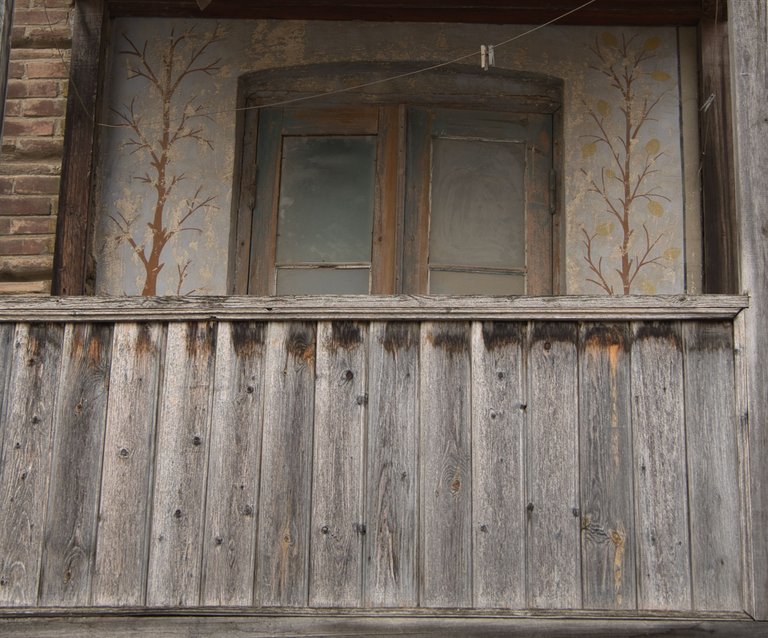
The wood slats weathered and time worn certainly have character



And the downspouts for the guttering very detailed and artistic, sure beats white uPVC

The Mountain jews who live hear, speak a language common to the jews of the Caucuses, known as Juhuro, a kind of Persian mixed with Hebrew.
The town is one of only two communities outside Israel with an entirely Jewish population it is also said to be the world’s last surviving shtetl.

It has its own dentist, I wonder what archaic instruments of torture lie within!
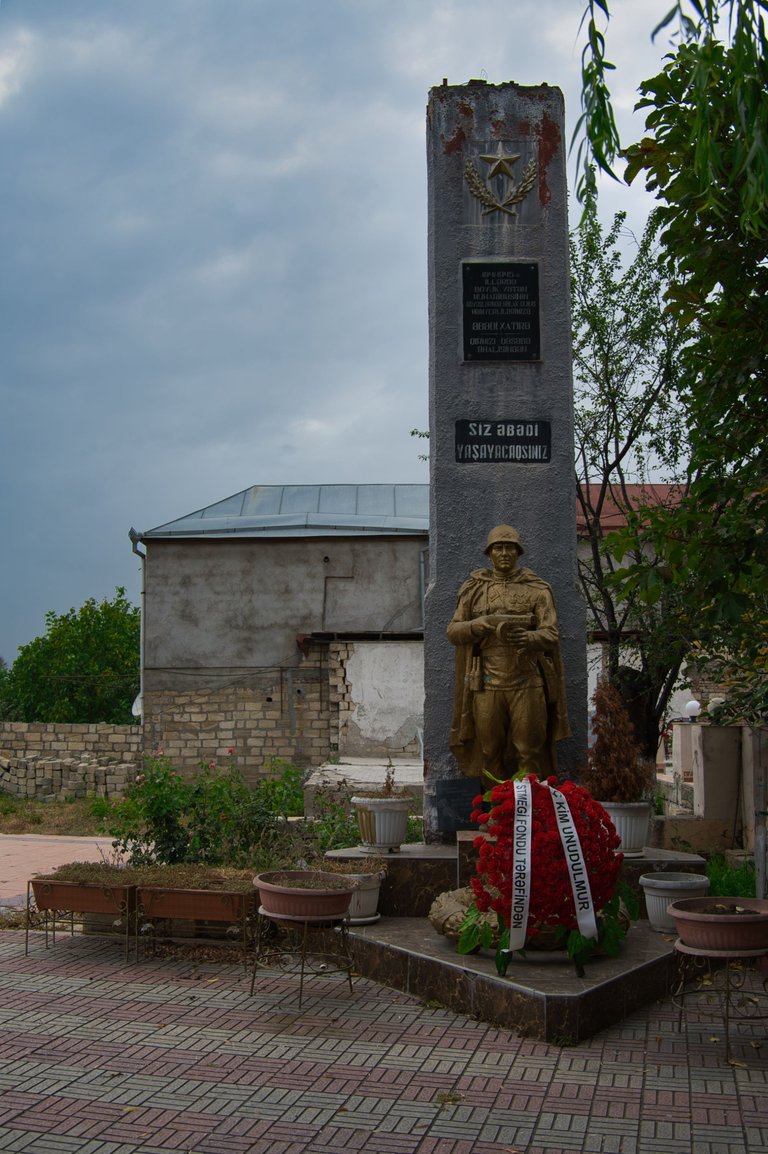
Standing in a corner of the town a memorial to the fallen Russian soldiers from “the Great Patriotic War.”

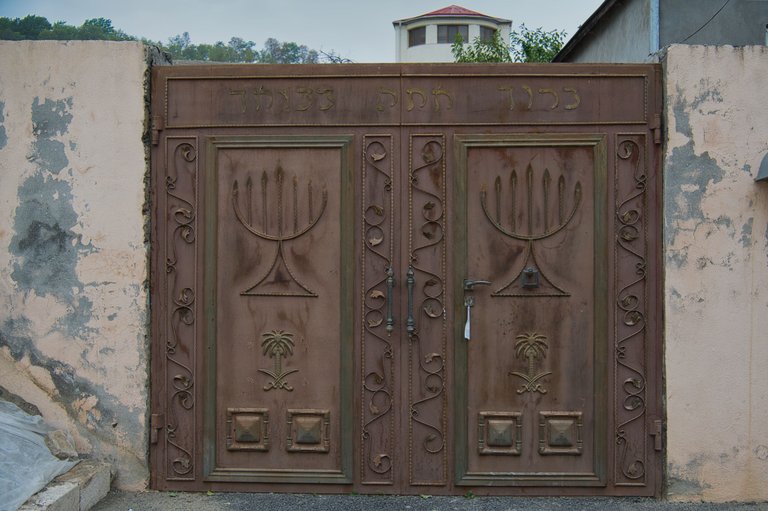
Prominent Menorah designs, a candelabrum that is a symbol of Judaism. Palm tree motifs are also in the design, which symbolise peace and victory in Jewish tradition.

On the wall of a house a memorial plaque commemorating a young Jew of the village, Albert Agrovich, who fought and died in the war against Armenia in the 1990s over the disputed Nagorno-Karabakh region.
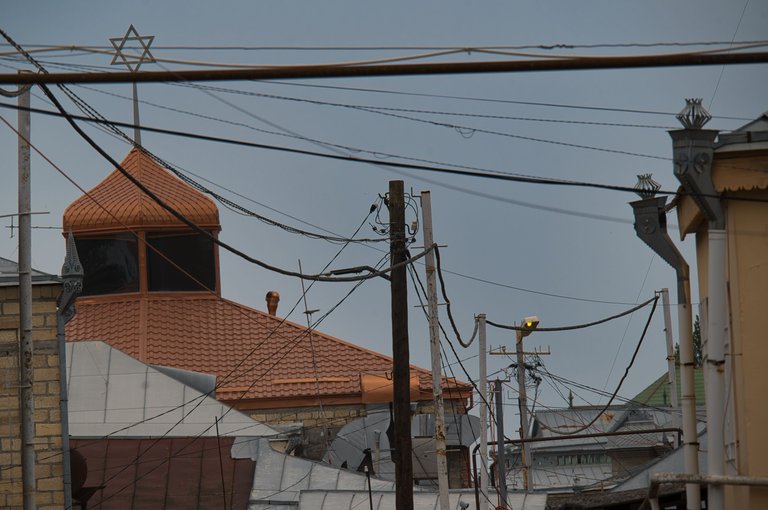


A soldier sits a lonesome figure gun at rest whilst he plays angry birds

Alti Gumbaz Synagogue built in 1888, known as the six dome synagogue in homage to the emigrants who moved here six days after the invitation of Huseynali Khan of Quba.
During the Soviet years, the building was used as a warehouse, then a sewing workshop.


A chair a stick and a bottle of water, next stop the graveyard.

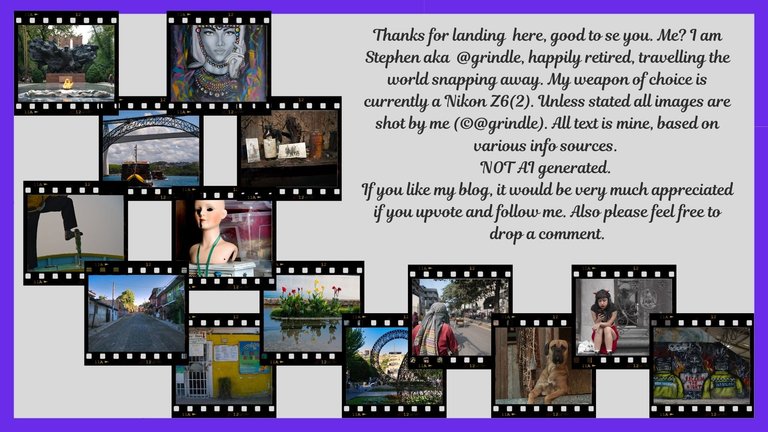


[//]:# ([//]:# (!worldmappin 41.37285 lat 48.51935 long d3scr))


